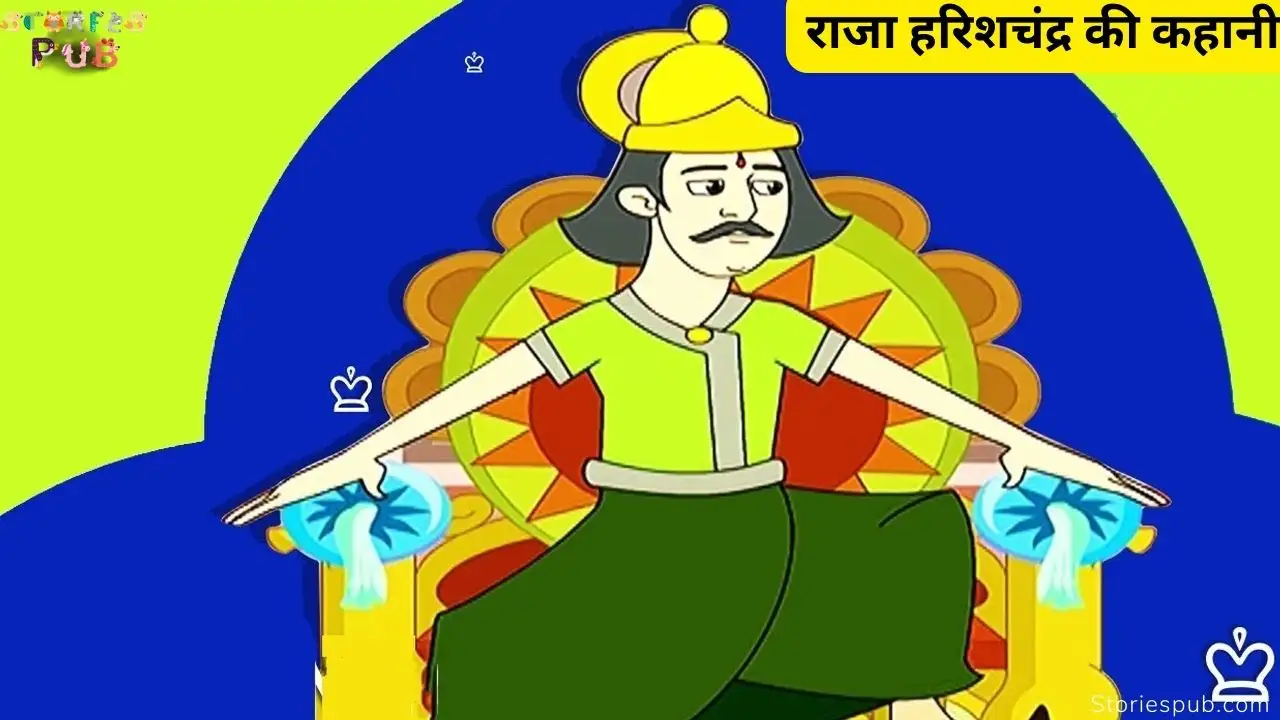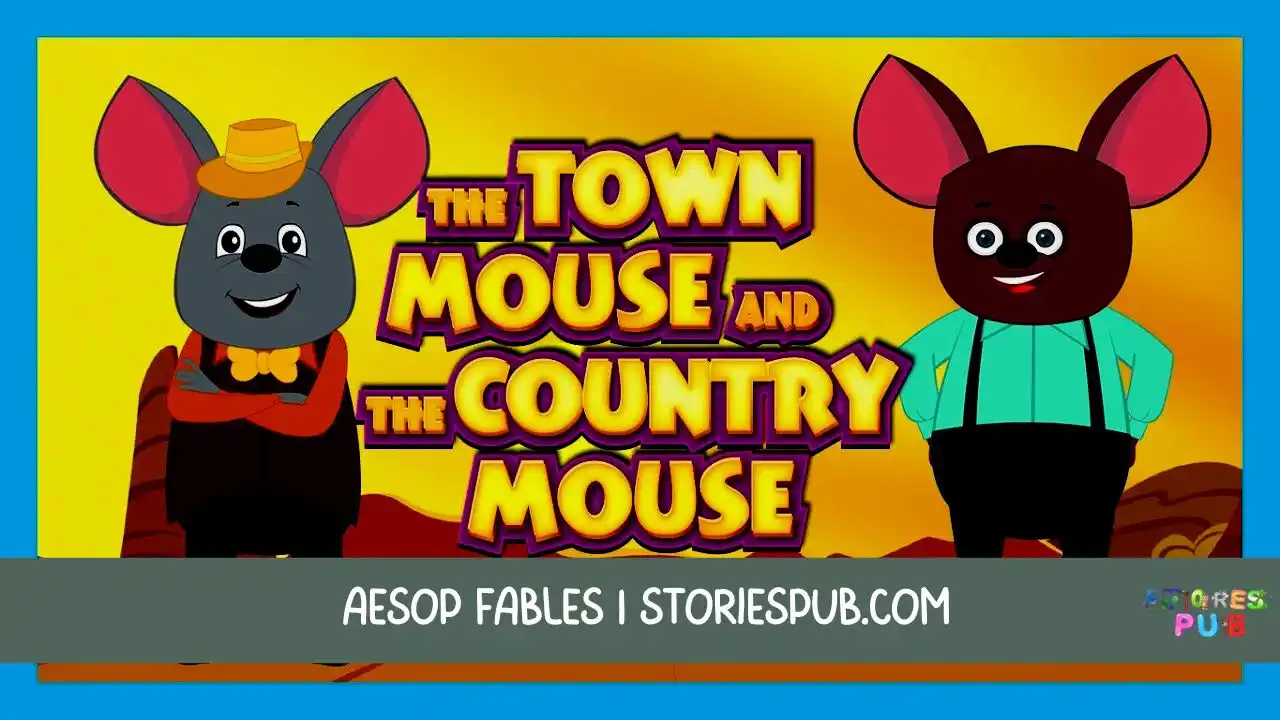Summarize this Article with:

J.R.R. Tolkien, a name synonymous with enchantment and imagination, stands as a legendary figure in the realm of literature. His indelible mark on the world of fantasy is matched only by the intricacy of the worlds he wove within his stories. As we embark on a journey through the life of this renowned author and scholar, we are drawn into a tapestry of creativity that has shaped modern culture.
Tolkien’s monumental contributions to fantasy literature have transcended time, captivating hearts and minds across generations. From the lush landscapes of Middle-earth to the eloquent languages he meticulously crafted, his genius painted a canvas of awe-inspiring wonder. But beyond the realms of fiction, Tolkien’s life story is a testament to resilience, intellect, and an unyielding passion for storytelling.
In the upcoming sections, we delve into the fascinating chapters of Tolkien’s life and achievements. From his formative years and academic pursuits to the genesis of Middle-earth and the enduring legacy he left behind, each phase unveils a narrative that is as captivating as his fictional sagas.
Join us as we unravel the essence of J.R.R. Tolkien, a man who transformed dreams into timeless tales and forever etched his name in the annals of literary history.
Personal and Professional Details
| Personal Details | Professional Details |
| Full Name: John Ronald Reuel Tolkien | Occupation: Author, Philologist, Academic |
| Birth Date: January 3, 1892 | Notable Works: “The Hobbit,” “The Lord of the Rings,” “The Silmarillion” |
| Birthplace: Bloemfontein, Orange Free State (now in South Africa) | Academic Expertise: Old and Middle English, Philology, Linguistics |
| Death Date: September 2, 1973 | Languages Created: Quenya, Sindarin, Khuzdul, and others |
| Nationality: British | Influences: Mythology, Folklore, Languages, World War I |
| Spouse: Edith Bratt | Legacy: Pioneer of High Fantasy, Inspirational to Fantasy Authors |
| Children: Michael, Christopher, John, Priscilla | Affiliation: Professor at the University of Oxford |
| Religious Beliefs: Catholic | Literary Groups: The Inklings (with C.S. Lewis and others) |
| Notable Friends: C.S. Lewis, Charles Williams | Awards: Honorary Doctorates, Literary Honors |
| Interests: Linguistics, Ancient Languages, Mythology | Contributions: The development of the Modern Fantasy Genre |
| Key Residence: Oxford, England | Film Adaptations: “The Hobbit” and “The Lord of the Rings” trilogies |
| Death Place: Bournemouth, England | Posthumous Publications: Unfinished Tales, The History of Middle-earth series |
Early Life and Academic Pursuits
J.R.R. Tolkien’s journey began in the diverse landscapes of South Africa, where he was born on January 3, 1892. However, it was the move to England at a young age that set the stage for his remarkable path. The rolling hills and quaint villages of England would later become the backdrop for the enchanting worlds he would conjure.
From an early age, Tolkien exhibited an insatiable curiosity for languages and mythology. His academic pursuits led him to study at the University of Oxford, where his brilliance shone through. His expertise in philology, and the study of languages, set him apart as a scholar with a unique perspective.
But it wasn’t just in academic circles that Tolkien’s brilliance flourished. Even as a child, he displayed a penchant for inventing languages and creating fantastical worlds. These early sparks of creativity foreshadowed the immense tapestry of Middle-earth that he would later weave.
Tolkien’s early life and academic endeavors laid the foundation for his future as a master storyteller. The threads of mythology, languages, and a boundless imagination would come together to form a tapestry that would inspire generations to come.
World War I and Inspiration
The echoes of World War I reverberated through the life of J.R.R. Tolkien, leaving an indelible mark on his soul and shaping his creative path. Serving as a second lieutenant in the British Army, Tolkien was thrust into the grim reality of the trenches, witnessing the brutality of war firsthand. The horrors and camaraderie of those years seeped into his consciousness, leaving an enduring impression.
Tolkien’s wartime experience became a crucible for his imagination. The landscapes he encountered, both the ravages of battlefields and the serenity of the English countryside, found their way into the settings of his stories. The friendships and bonds formed among soldiers fueled the themes of fellowship and courage in his works.
It was during his time in the trenches that the foundations of Middle-earth began to take shape. Amid the chaos and uncertainty, Tolkien began crafting languages, mythologies, and tales that would later become the cornerstone of his legendarium. The darkness of war forged the rings of power and the struggles between light and darkness that would define his narratives.
Tolkien’s World War I experience became a wellspring of inspiration, fueling his creative genius with the raw emotions and complexities of human existence. His ability to transform his trials into universal stories of heroism and hope would resonate with readers across generations, forever entwining his legacy with the echoes of a world at war.
Middle-earth and The Hobbit
J.R.R. Tolkien’s imaginative prowess took root in the fertile soil of Middle-earth, a sprawling mythic realm that would become the backdrop for some of the most beloved tales in literary history. Drawing from his background in languages and philology, Tolkien meticulously crafted a universe complete with its languages, cultures, and histories. This monumental endeavor went beyond storytelling; it was a testament to his commitment to creating a living, breathing world.
In the heart of Middle-earth lies “The Hobbit,” a tale that would introduce readers to the enchanting landscapes and diverse inhabitants of Tolkien’s creation. The unexpected success of this whimsical journey marked a turning point in his career. The charming exploits of Bilbo Baggins resonated with both children and adults, capturing their imaginations and paving the way for greater narratives.
“The Hobbit” laid the foundation for Tolkien’s magnum opus, “The Lord of the Rings.” This epic trilogy delved deeper into the complexities of Middle-earth, weaving together intricate threads of heroism, friendship, and the eternal struggle between good and evil. The vastness of Tolkien’s mythos allowed him to explore themes that resonated with readers on a profound level, transcending the boundaries of fantasy and touching upon the human experience itself.
Tolkien’s Middle-earth mythology became a tapestry of wonder, a realm where his linguistic brilliance and storytelling artistry harmonized. Through his works, he invited readers to embark on quests, battle dragons, and explore the depths of the human spirit. Middle-earth was more than a setting; it was a testament to the power of imagination, an eternal testament to Tolkien’s enduring legacy.
The Lord of the Rings and Literary Masterpiece
J.R.R. Tolkien’s literary journey reached its zenith with the creation of “The Lord of the Rings,” a masterwork that stands as a beacon of fantasy literature. This epic trilogy transported readers to Middle-earth’s heart, where the fate of civilizations hinged on the bravery of unlikely heroes. Within its pages, Tolkien’s genius for world-building and character development reached its full splendor.
At the heart of “The Lord of the Rings” lies the One Ring, a malevolent artifact that epitomizes the struggle between light and darkness. As Frodo Baggins embarks on his perilous quest to destroy the Ring, Tolkien masterfully intertwines themes of heroism, friendship, sacrifice, and the corrupting influence of power. Each character, from the wise Gandalf to the humble Samwise Gamgee, is meticulously crafted, reflecting the depth of Tolkien’s understanding of human nature.
Tolkien’s scholarship in languages, mythologies, and philology breathes life into the languages spoken across Middle-earth and the histories that shape its peoples. From the majestic Elvish to the rugged Dwarvish, each language adds layers of authenticity to the world. His meticulous attention to detail, from the songs of old to the intricate maps, showcases his commitment to the art of storytelling.
The influences behind “The Lord of the Rings” are as diverse as the cultures within its pages. Tolkien’s own experiences, his reflections on the aftermath of World War I, and his love for mythology all coalesce into a narrative of unparalleled depth. The trilogy is a tapestry woven from his love for language, his appreciation for the heroic journey, and his exploration of moral complexity.
“The Lord of the Rings” resonated with generations, transcending genre boundaries to become a timeless tale that speaks to the human spirit. Tolkien’s ability to craft a world that feels as tangible as our own has cemented his place as one of the greatest literary minds of all time. His creation endures as a testament to the power of storytelling and the boundless capacity of imagination.
Legacy and Influence
J.R.R. Tolkien’s legacy is etched into the very fabric of literature, his impact on fantasy storytelling resonating across generations. His gift for crafting intricate worlds and rich mythologies has left an indelible mark on the literary landscape, inspiring authors, filmmakers, and artists worldwide.
Tolkien’s creation of Middle-earth served as a blueprint for future fantasy authors, setting a precedent for detailed world-building and immersive storytelling. The authenticity of his languages, cultures, and histories has become a benchmark for constructing fictional realms that feel as real as our own.
His influence extends far beyond the written word. Filmmakers embraced the challenge of adapting his epic tales, with Peter Jackson’s film adaptations of “The Lord of the Rings” achieving critical acclaim and captivating audiences with their visual grandeur. Artists and illustrators have breathed life into his characters and landscapes, further solidifying the vividness of Middle-earth.
Yet, it is the global fan base that attests to Tolkien’s unparalleled impact. His works have transcended cultural boundaries, uniting readers of diverse backgrounds under the banner of his imagination. From literary societies to conventions, discussions on Tolkien’s themes, characters, and languages continue to thrive.
Tolkien’s legacy is not confined to the realms of fantasy. His insights into heroism, friendship, and the human struggle resonate with universal truths. His narratives echo the enduring power of hope and the fight against darkness, resonating with readers facing their trials.
As the years go by, J.R.R. Tolkien’s creations continue to enchant, offering solace, inspiration, and a sense of wonder to those who embark on the journey through Middle-earth. His legacy serves as a reminder of the unbreakable bond between storytelling and the human spirit, an echo of the magic that can be found within the pages of a book.
Personal Life and Beliefs
Beyond the pages of his extraordinary stories, J.R.R. Tolkien’s personal life and beliefs provide a deeper understanding of the man behind the mythos. His journey as a husband, father, and devout Catholic greatly shaped both his character and his creative endeavors.
Tolkien’s family life was a cornerstone of his identity. His marriage to Edith Bratt was a love story that spanned decades, infusing his works with themes of loyalty, sacrifice, and enduring devotion. The shared experiences of joy and sorrow within their family mirrored the emotional depth of his narratives.
His Catholic faith was a guiding light in Tolkien’s life, its influence threading through his tales in intricate and profound ways. His deeply held beliefs in the concept of eucatastrophe—the sudden turn of events for the better—imbued his stories with a sense of hope, even in the darkest of times. The themes of redemption, free will, and the battle between light and darkness found resonance within his spiritual convictions.
Tolkien’s writing was infused with a profound sense of enchantment, a reflection of his belief in the power of subcreation—the act of making new worlds as an echo of the divine creation. His commitment to weaving intricate histories, languages, and cultures within his stories was an embodiment of his desire to transport readers into a realm of wonder.
In essence, Tolkien’s personal life and beliefs were inseparable from his artistry. His faith provided the moral compass that guided his characters through moral dilemmas, while his family experiences lent authenticity to the emotions embedded within his narratives. The magic of Middle-earth was, in many ways, an extension of the magic he found in his own life—a testament to the indelible connection between an artist’s heart and the worlds they create.
Later Years and Unfinished Tales
As J.R.R. Tolkien’s literary journey continued, his later years marked a period of both exploration and expansion of the intricate tapestry he had woven with Middle-earth. While his monumental works had already left an indelible mark on the world, he remained committed to enriching his legendarium and delving deeper into its vast lore.
Tolkien’s later writings and unfinished tales provide a fascinating glimpse into his creative process and his insatiable thirst for exploring the corners of his imaginative world. He embarked on various projects that sought to delve into the histories, languages, and cultures that populated Middle-earth, adding layers of complexity and authenticity to his already sprawling universe.
Among his most notable later works is “The Silmarillion,” a collection of mythopoeic tales that delve into the creation of the world, the rise and fall of empires, and the epic struggles that shaped Middle-earth’s history. These stories, meticulously crafted over decades, provided a deeper understanding of the forces and beings that shaped his fictional realm.
However, Tolkien’s dedication to expanding his legendarium led to a myriad of unfinished tales and fragments. These pieces, while incomplete, offered tantalizing glimpses into untold adventures, characters, and cultures. His commitment to detail meant that even these fragments held a depth that captivated readers and fueled their imaginations.
After Tolkien’s passing, his son, Christopher Tolkien, undertook the monumental task of organizing and publishing many of his father’s unfinished works. This posthumous effort not only provided fans with new insights into Middle-earth but also highlighted the ongoing dedication of the Tolkien family to preserving his legacy.
In essence, Tolkien’s later years were marked by a continuous exploration of the world he had brought to life, a testament to his unending commitment to the realms of fantasy he had birthed. These writings, whether completed or fragmentary, continue to inspire and enchant, offering a deeper understanding of the boundless creativity that flowed from the mind of a literary giant.
Beyond Middle-earth and Lasting Impact
While J.R.R. Tolkien is primarily known for his enchanting tales set in Middle-earth, his literary contributions extend far beyond the borders of this fictional realm. Beyond his iconic novels, Tolkien’s writings encompass a diverse array of essays, academic works, and philosophical musings that showcase his brilliance and versatility as a writer and thinker.
Tolkien’s academic pursuits and insights played a crucial role in shaping his fantasy narratives. His profound knowledge of philology, linguistics, and ancient mythologies lent an unparalleled depth to his world-building.
Through his essays and lectures, he delved into topics ranging from the Old English epic poem “Beowulf” to the linguistic intricacies of his invented languages. These writings not only demonstrated his scholarly prowess but also provided a window into the intellectual foundations of his creative endeavors.
Furthermore, Tolkien’s influence transcends the boundaries of traditional fantasy literature. His creation of richly imagined worlds paved the way for the development of new subgenres, such as high fantasy and epic fantasy, while also inspiring countless authors to explore the realms of speculative fiction.
The depth of his narratives, the complexity of his characters, and the sheer grandeur of his world-building set a new standard for imaginative storytelling that continues to reverberate across the literary landscape.
The enduring appeal of Tolkien’s works is a testament to their universal themes and timeless resonance. From the courage of unlikely heroes to the exploration of profound truths, his narratives speak to readers of all ages and backgrounds. His ability to seamlessly blend the fantastical with the deeply human creates a profound connection that transcends generations.
In essence, J.R.R. Tolkien’s legacy is not confined to the boundaries of Middle-earth; it extends to the very fabric of modern literature. His writings have left an indelible mark on the genre and continue to inspire, challenge, and enchant readers, ensuring that his influence remains an everlasting beacon in the realm of imagination.
Additional Points
- Friendship with C.S. Lewis and the Inklings Group: J.R.R. Tolkien’s life was graced by a deep and enduring friendship with fellow author C.S. Lewis. The two luminaries formed a bond that went beyond literary companionship. They often engaged in profound discussions about faith, mythology, and the craft of writing. This friendship played a significant role in shaping their respective works, with Lewis’s “The Chronicles of Narnia” and Tolkien’s Middle-earth sharing echoes of their shared interests.
- Contributions to Philology and the “Oxford English Dictionary”: Beyond his fictional creations, Tolkien was a prominent philologist. His scholarly pursuits included delving into the roots and evolution of languages. His work on the “Oxford English Dictionary” showcased his dedication to etymology and linguistic analysis, and this passion for language seeped into the rich linguistic tapestry of Middle-earth.
- Views on Nature, Industrialization, and Modern Society: Tolkien’s writings often serve as a reflection of his concerns about the encroachment of industrialization and modernity upon nature and tradition. His love for the pastoral, the natural world, and the value of simplicity is evident in his portrayal of idyllic landscapes and the evils of unchecked progress, particularly in “The Lord of the Rings.”
- Challenges in Publishing and Promotion: Tolkien’s journey as an author wasn’t without its challenges. His intricate narratives and fantasy genre initially made it difficult to find publishers. However, his persistence eventually led to the publication of his masterpieces. Additionally, promoting works of high fantasy in a world dominated by other genres posed its own set of challenges.
- Adaptation into Successful Film Franchises: Tolkien’s works found a new medium in film adaptations, most notably through Peter Jackson’s cinematic adaptations of “The Lord of the Rings” and “The Hobbit.” While these adaptations introduced his stories to a broader audience, they also sparked debates about the balance between cinematic interpretation and fidelity to the source material. These adaptations significantly contributed to the resurgence of Tolkien’s popularity, introducing his narratives to new generations and solidifying his legacy in popular culture.
J.R.R. Tolkien’s life story is one woven with threads of friendship, scholarship and a deep connection to the natural world. As we explore these additional facets, we gain a more holistic understanding of the man behind the myths and legends that continue to captivate hearts around the globe.
Conclusion
In the annals of literature, J.R.R. Tolkien stands as a luminary, a creator of worlds that have woven their magic into the very tapestry of human imagination. His legacy reverberates through the ages, an echoing reminder of the power of storytelling to transport us to realms both extraordinary and deeply human.
From his humble beginnings to his scholarly pursuits, Tolkien’s journey was one of unwavering passion and dedication. Through the pages of Middle-earth, he crafted landscapes that stretched beyond mere fantasy, birthing cultures, languages, and histories that felt as tangible as our own. His ability to infuse his works with profound themes of heroism, friendship, and the eternal struggle between light and darkness has cemented his place as a literary titan.
As we journey through his biography, we encounter not just a writer, but a visionary who beckons us to embrace the magic of imagination. J.R.R. Tolkien’s legacy resonates in the hearts of generations, inviting us to explore the worlds he created, celebrate the triumph of courage over adversity, and cherish the boundless wonder that lies within us all.
In paying homage to his brilliance, we honor the man who gifted us with epic tales, and we heed the call to continue exploring the enchanting realms of Middle-earth he brought to life. Tolkien’s legacy is an eternal flame that will forever illuminate the path of the dreamer, the reader, and the adventurer of the mind.
J.R.R. Tolkien FAQs
When was J.R.R. Tolkien born?
J.R.R. Tolkien was born on January 3, 1892.
What does J.R.R. Tolkien stand for?
J.R.R. stands for John Ronald Reuel, which is the first name of the author.
What is J.R.R. Tolkien famous for?
J.R.R. Tolkien is famous for his epic fantasy novels "The Hobbit" and "The Lord of the Rings," which are set in his fictional world of Middle-earth.
Did J.R.R. Tolkien write any other books?
Yes, Tolkien wrote various other works, including "The Silmarillion," "The Children of Húrin," and numerous essays and academic articles.
How did J.R.R. Tolkien create languages?
Tolkien was a philologist and linguist, and he created languages by developing their grammar, vocabulary, and linguistic history. His languages, such as Elvish, were central to his fictional world.
What inspired J.R.R. Tolkien to write "The Lord of the Rings"?
Tolkien's experiences during World War I, his academic interests in languages and mythology, and his love for storytelling and folklore influenced his creation of "The Lord of the Rings."
How many languages did J.R.R. Tolkien create?
Tolkien created several languages, including Quenya, Sindarin, and Khuzdul. His linguistic expertise added depth to his fictional world.
Did J.R.R. Tolkien's works receive recognition during his lifetime?
While "The Hobbit" gained popularity during his lifetime, "The Lord of the Rings" achieved greater recognition and critical acclaim after its initial publication.
What was J.R.R. Tolkien's writing process?
Tolkien's writing process was meticulous and involved extensive world-building, linguistic development, and attention to detail. He often created the story's framework before delving into the narrative.
How did J.R.R. Tolkien's works influence modern fantasy?
Tolkien's works set the standard for modern high fantasy, influencing authors, filmmakers, and artists by establishing the conventions of epic quests, intricate world-building, and rich character development.












